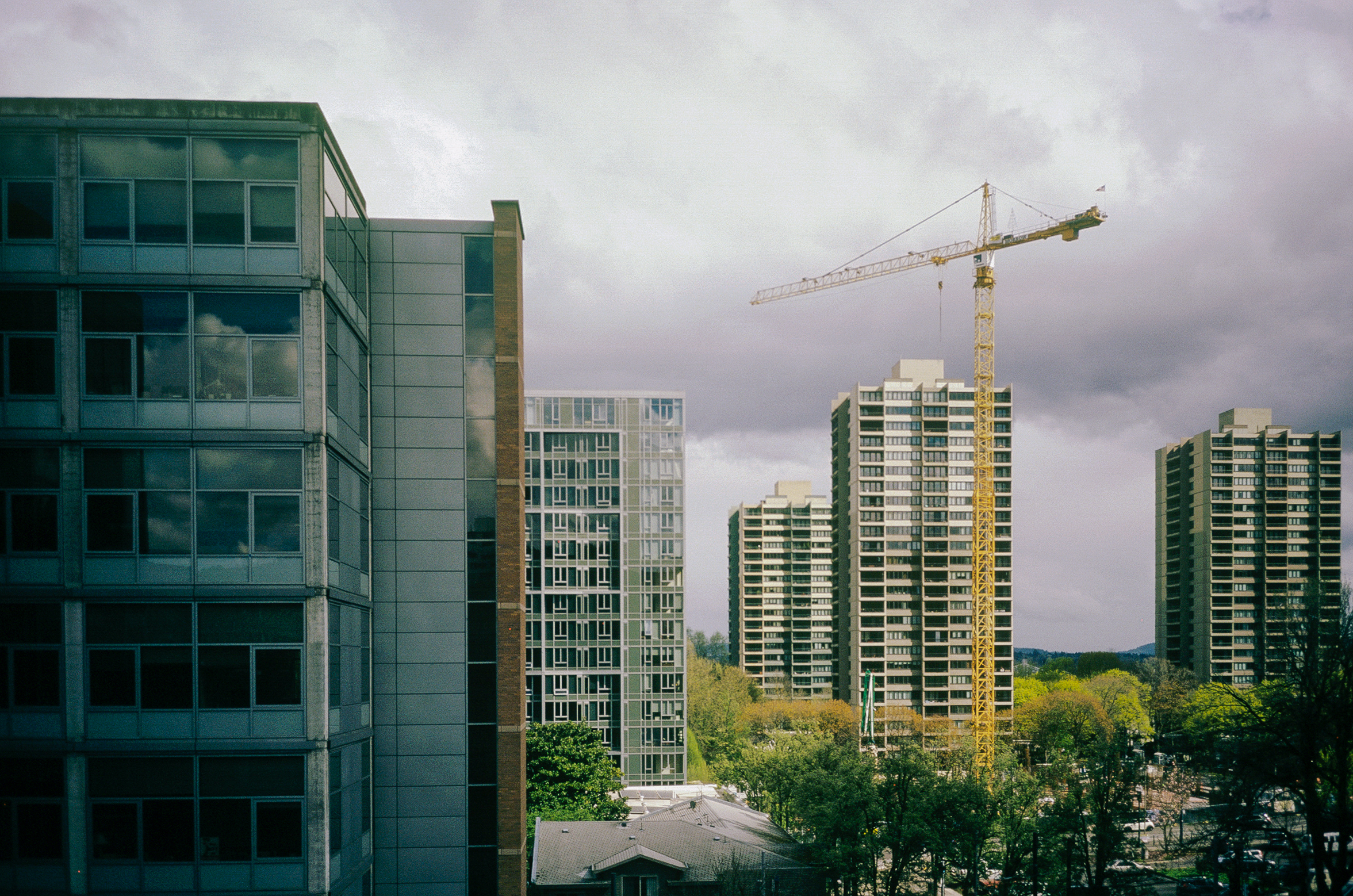Eight panelists gathered to discuss the scientific and cultural causes and effects of the 1948 Vanport, Ore. mass flood in a symposium on June 1 in Portland State’s Smith Memorial Student Union ballroom. The panel, which took place on the 70th anniversary of the flood, followed a screening of the 2016 documentary “Oregon Experience: Vanport” by Oregon Public Broadcasting.
According to OPB, Vanport—located between Portland city limits and the Columbia River—was a city hastily built by the Kaiser Shipyard Company to house approximately 40,000 shipyard migrant workers and their families during World War II production efforts. To encourage the laborers and returning veterans to stay in Vanport after the war, the Housing Authority of Portland built Vanport College, which would eventually become Portland State.
On Memorial Day 1948, Vanport, the second largest city in Oregon, fell victim to what OPB called one of the worst natural disasters in Oregon’s history. Heavy snowfall that winter combined with above normal temperatures, and an intensely rainy May fed the Columbia River to the point of overflowing.
At the time, authorities told residents to stay in their homes and that there was no immediate threat. When the dike broke, it flooded 650 acres and left approximately 20,000 laborers and families houseless.
Panelist Christina Appleby, geohazards analyst for the Oregon Department of Geology and Mineral Industries, said only “15 people died during the flood, [but] many of the community members were unregistered, [meaning] the real number could be much higher.”
Appleby explained Vanport was built on a floodplain to begin with, but Jim Connor, a geologist from the United States Geological Survey, said soil liquefaction due to a poorly constructed dike and bordering railroad contributed to the severity of the flood.
The area that was Vanport, Appleby added, has since been taken back by nature except for Portland International Raceway that sits on the easternmost part of the former site.
Researchers found relocation efforts along with discriminatory housing practices, resulted in segregation of the black and white communities, which contributed to today’s demographic of North Portland having a higher number of Black residents than most other regions in Portland.
Panelist Ed Washington, a survivor of the Vanport flood and community liaison for PSU’s Office of Global Diversity and Inclusion, shared his experiences with racism before the flood and after relocation. Washington recently won the Nohad A. Toulan Urban Pioneer Award for Public Service for his work educating the public about racial issues.
In an interview with Smithsonian magazine, Washington said after WWII, Vanport gained a reputation as a crime-ridden slum. Thousands of white residents moved out, he said, but black residents had to stay behind because the only place they could legally buy homes was in the Albina neighborhood in north Portland.
The flood came upon residents swiftly, Washington said during the panel. “Sunday morning [five days before the flood], notes appeared on people’s doors saying there is no danger of a flood right now.” However, he added, “it happened so fast; there was no warning.”
The number of black residents displaced from the flood, according to Smithsonian, was roughly equal to the population of Albina, which was already crowded. “There was no way for us to get out,” Washington said. “There was nowhere for us to go.”
Some white Portlanders temporarily offered to house black families, but most, like Washington’s family, ended up living in temporary wartime housing. However, though housing in Vanport was segregated, black and white children still went to school and played together. “I probably faced more racial issues when we had to move into Portland than I ever would’ve in Vanport,” Washington said.
Watch the full documentary for free at opb.org/television.







Did you all get any photos or multimedia from this? I want to share it.